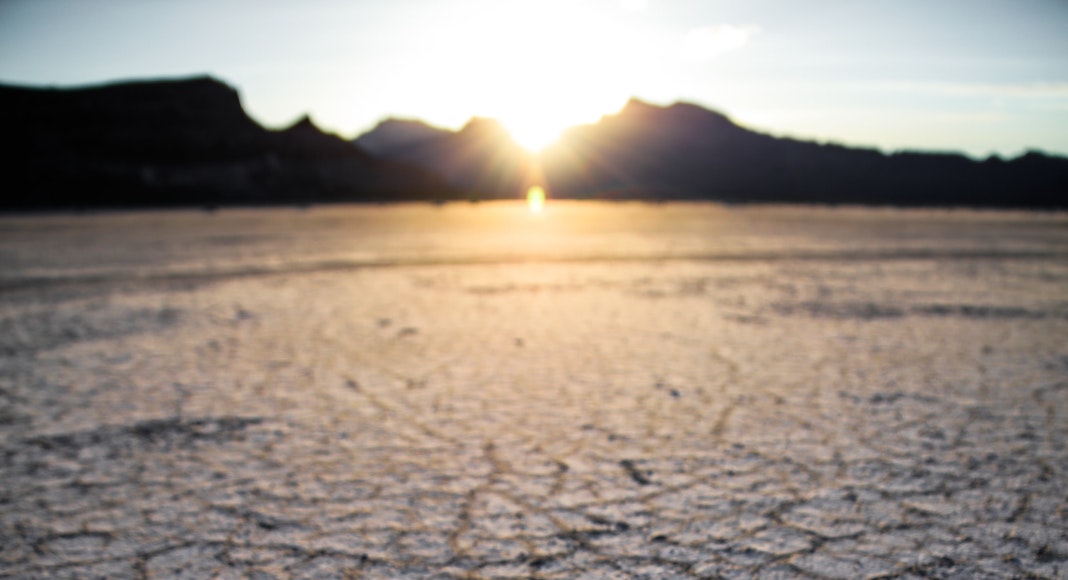According to the ever-ticking Climate Clock, we currently live in a state of climate emergency. The clock reads less than 12 years until the Earth will warm 1.5-2 degrees Celsius above pre-industrialization temperatures.
Basically, we have 12 years until the worst things begin to happen. Think extreme temperatures, drought, violent weather patterns, water shortages, loss of habitat for humans and animals. All will be irreversible and will largely affect already disadvantaged people and communities.
Also most assuredly affected by this climate emergency: our children.
Swedish environmental activist Greta Thunberg began learning about climate change at age eight. Now at 18, she has become the most recognizable voice calling attention to the climate emergency. We can stall the climate clock by educating our children on the factors affecting climate change.
Biggest Factors Causing A Climate Emergency
Excessive greenhouse gas emissions produced by humans have caused the escalation of climate change to climate emergency. According to the Intergovernmental Panel on Climate Change (IPCC), the greenhouse gases of carbon dioxide, methane, and nitrous oxides “have increased to levels unprecedented in at least the last 800,000 years.”
Globally, humans release these gases into the atmosphere in four major ways:
1. Burning coal, oil, and gas for electricity, heat, and transportation
2. Deforestation whether for logging, clearing land for farming, or by fire
3. Nitrous oxide producing fertilizers for agriculture
4. Production of beef, buffalo, sheep, and goats
Solutions to Slowing the Climate Clock
11,000 scientists collaborated with Oregon State University Ecologist, Bill Ripple on six steps/solutions to addressing the climate emergency.
These steps include:
- Curbing fossil fuel use by governments providing incentives for using renewable energy
- Reducing carbons and methane air pollutants from combustion, and factory farms
- Protecting nature by improving management and restoring ecosystems which naturally absorb carbon gases
- Promoting plant-based diets, reducing food waste, and using better agricultural practices
- Shifting from an economic system based on consumption of goods
- Curbing population growth by educating women world-wide
These steps can seem like an impossible topic to address with a child. Yet, I recently had an impromptu discussion on carbon dioxide with my four-year old when he pretended to  “freeze” me with his “Superman ice breath.” This led to an explanation about how humans release carbon dioxide into the atmosphere and plants and trees absorb the carbon to give us oxygen. Later in the week, while we walked, we talked about the importance of planting trees and having plenty of forests in the world to continue the carbon-oxygen exchange.
“freeze” me with his “Superman ice breath.” This led to an explanation about how humans release carbon dioxide into the atmosphere and plants and trees absorb the carbon to give us oxygen. Later in the week, while we walked, we talked about the importance of planting trees and having plenty of forests in the world to continue the carbon-oxygen exchange.
Not every climate discussion can be prompted through superhero play, and showing children a ticking “climate clock” can be anxiety-inducing for parents and kids alike. However, making lifestyle changes can make a difference and, luckily, resources exist for parents like Mary DeMocker’s book The Parents’ Guide to Climate Revolution the Rainforest Alliance.
Climate Efforts in Portland
Scientists acknowledge change needs to happen among international and national governments. Yet, the greatest worldwide climate emergency mobilization has occurred at the city and state government level, including here in Portland. The C40 Cities website names Portland as one of 30 of the largest and most influential cities reducing greenhouse gas emissions world-wide.
In July of last year, Portland City officials adopted the Climate Emergency Resolution, “centering BIPOC communities and setting bolder goals,” said Kyle Diesner, the City of Portland’s Climate Action Program Coordinator. Portland’s resolution commits the city to a 50% reduction in carbon emissions by 2030 and net-zero emissions by 2050. Some of the goals include 100% emission free electricity, land use policies to decrease automobile use, increased housing near public transit, tree preservation and planting, and additional bike parking.
Despite the grim tone imposed by the ticking climate clock, everyday more cities and individuals answer the call to slow this climate emergency. Arming our children with correct information gives them the tools to fight for their future, becoming our greatest hope for preventing the rise of global temperatures.


















